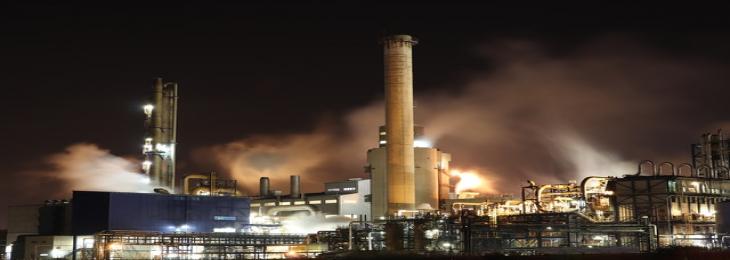
In thorium molten slat reactors, china is experimentally undergoing nuclear fission and is eager to initiate testing at a facility in near future.
China is advancing the growth of the world’s first exploratory reactor but it could be a key element in pursuing safe and clean nuclear power. In the coming months, the Chinese government will finish the development in the desert city of Wuwei of an archetype molten salt nuclear reactor with plans to build a number of large scale nuclear power plants in similar environments later on, according to local news reports. In the case of sustainable energy creation, nuclear reactors are clearly in line with the potential to generate power with very miniscule carbon emissions.
But the innovation is not widely used throughout the globe for very rational reasons, many of which derive from the dependence for fuel on uranium and plutonium. Uranium is not only valuable and rare but also it is used for the construction of nuclear arms. These reactors also produce radioactive waste which requires to be safely encrypted, as can be seen in Fukushima in 2011 and carry a major threat of catastrophic accidents. From the 1940’s researchers had explored a solution called molten salt reactors, which guarantees a much safer approach. These reactors use the widespread silvery metal thorium instead of uranium and plutonium, which cannot be used to make explosives conveniently.
These reactors would also be operated in a manner that does not present the same hazards as standard reactors. This is only because thorium dissolves in salt flowing through the reactor at high temperatures instead of solid fuel rods. Liquid salt acts as a cooling system and high-pressure water refreshing systems are not needed and if an emergency arises and fuel becomes exposed to air, it cools and becomes solid quickly. This considerably reduces the potential pollution of the surrounding environment as compared to a mainstream nuclear reactor, which can quickly cloud large area of radioactive material. It is anticipated that the installation will be completed in 2030 of the first commercial reactor.






